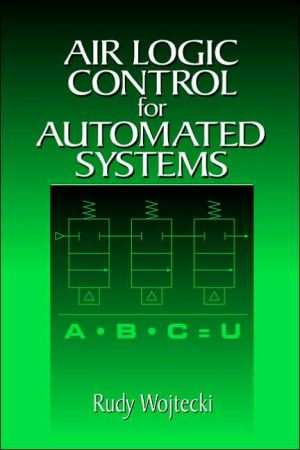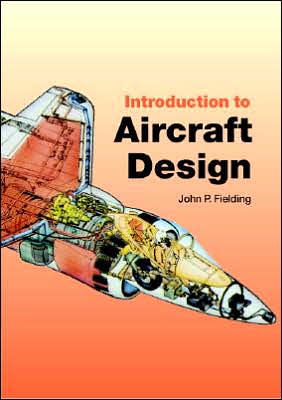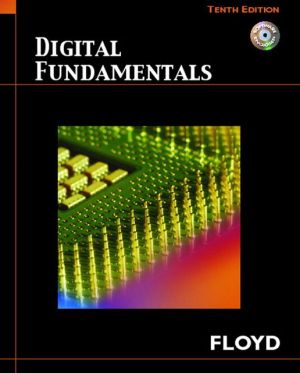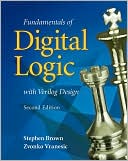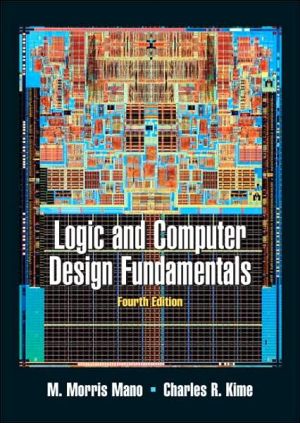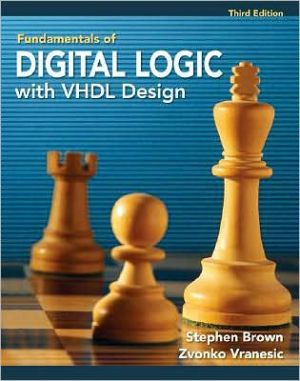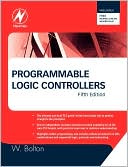Air Logic Control for Automated Systems
As industrial processes become more and more automated, Air Logic Control (ALC) becomes increasingly important. As the use of ALC becomes more widespread, the need for designers, engineers, and technicians with a working knowledge of ALC technology grows significantly. Air Logic Control for Automated Systems provides the means for anyone involved with control systems to acquire the knowledge and skills they need to implement and maintain ALC for automated manufacturing.\ The author focuses on...
Search in google:
As industrial processes become more and more automated, Air Logic Control (ALC) becomes increasingly important. As the use of ALC becomes more widespread, the need for designers, engineers, and technicians with a working knowledge of ALC technology grows significantly. Air Logic Control for Automated Systems provides the means for anyone involved with control systems to acquire the knowledge and skills they need to implement and maintain ALC for automated manufacturing.The author focuses on the two types of ALC most often encountered: fluidics and Moving Parts Logic (MPL). He provides a thorough background on the subject, including the properties of compressible fluids, the fundamentals of pneumatics, and the fundamentals of logic systems, then delves into both moving parts and non-moving parts concepts and components. He discusses signal transmission, communications, electrical and electronic devices, plus the symbology, schematics, and flow diagrams related to ALC, and offers a complete overview of ALC system design. With this background established, the author presents three case studies of increasing complexity: a press control system, a parts sorting system, and a bottle filling system. These studies each offer a different approach to problem-solving and together they illustrate the alternative methods available in practice.Air Logic Control for Automated Systems thus offers technicians, engineers, and designers the foundation for understanding ALC. Armed with this knowledge, they are equipped to handle any number of implementation, programming, maintenance, and troubleshooting tasks with confidence. Booknews Provides technicians, engineers, and designers with information on implementing and maintaining air logic control for automated manufacturing. The author provides a background on compressible fluids, pneumatics, and logic systems before addressing moving and non-moving parts concepts and components. He then addresses signal transmission, communications, electrical and electronic devices; presents the symbology, schematics, and flow diagrams related to ALC; and overviews ALC system design. Three case studies offer different approaches to problem-solving and illustrate alternative methods available. Annotation c. Book News, Inc., Portland, OR (booknews.com)
Ch. 1Introduction to Air Logic Control1Ch. 2Properties of Compressible Fluids7Ch. 3Fundamentals of Pneumatics17Ch. 4Fundamentals of Logic Systems35Ch. 5MPL Concepts and Components51Ch. 6NonMPL Concepts and Components61Ch. 7Logic Elements73Ch. 8Signal Transmission and Communications97Ch. 9Electrical/Electronic Devices105Ch. 10Symbology, Schematics, and Flow Diagrams117Ch. 11ALC System Design131Ch. 12Applications: Press Control System141Ch. 13Applications: Parts Sorting System147Ch. 14Applications: Bottle Filling System157Ch. 15Safety165References171Index173
\ BooknewsProvides technicians, engineers, and designers with information on implementing and maintaining air logic control for automated manufacturing. The author provides a background on compressible fluids, pneumatics, and logic systems before addressing moving and non-moving parts concepts and components. He then addresses signal transmission, communications, electrical and electronic devices; presents the symbology, schematics, and flow diagrams related to ALC; and overviews ALC system design. Three case studies offer different approaches to problem-solving and illustrate alternative methods available. Annotation c. Book News, Inc., Portland, OR (booknews.com)\ \
